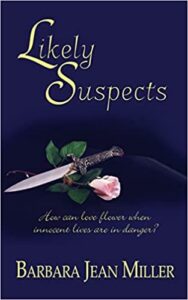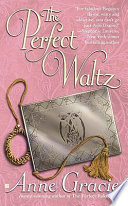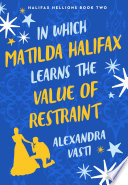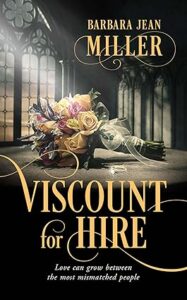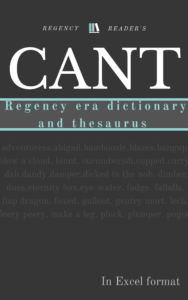Countess of Powis, Lady Henrietta Antonia Clive (1758-1830), was a writer, mineral collector, botantist and is now credited with creating one of the earliest systematic mineral collections in Britain.
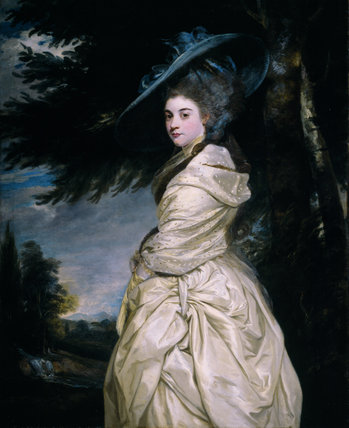
Wikimedia Commons, Portrait by Sir Joshua Reynolds, 1777
Spending her teenage years at Powis Castle, Henrietta would later be married to Lord Clive who purchased Oakley Park and later assumed her father’s title as the Earl of Powis. Lord Clive would be appointed as Governor of Madras in 1798, and once in India Lady Clive started collecting rocks and minerals. She is known to be one of the first aristocratic women to pursue geology as a hobby. Her collection amassed some 1,000 specimens, arranged by chemistry. In 1817, she would organize her collection further into two handwritten catalogues, using numbers for each specimen which has helped the collection maintain its relative completeness today.
While in India, Lady Clive would keep a record of the plants in the Mysore and Carnatic regions, and keep a journal that would be re-published in 2010 (Birds of Passage: Henrietta Clive’s travels in South India 1798-1801). These writings demonstrate a fascination with natural history that spilled over into the education of her daughters, Harry and Charly, and also establish her collection as one of the most invaluable from the early 19th century.
Her great grandson, George Herbert (4th Earl of Powis) would donate a quarter of her collection to the National Museum of Wales in 1929.
The Countesses eldest son would marry by special license:
La Belle Assemblée, February 1818
Lord Clive’s father is an interesting footnote, also having served in India. I will offer a content warning that it contains mention of suicide and chronic illness.
Lord Clive was known to suffer from a form of dyspepsia that also included vertigo. He wrote to friend Henry Strachey, “How miserable is my condition. I have a disease which makes life insupportable but which my doctors tell me won’t shorten it one hour.” He was found by his wife, after leaving a room, with his throat cut, and it was thought that sensing a flare up of his condition he decided to end his life there and then (Bengal: Past and Present. (1924). India: The Society.)
Bibliography
Cotterell, T. (2014). The Mineral Collection of Lady Henrietta Antonia Clive. Retrieved: The-mineral-collection-of-Lady-Henrietta-Antonia-Clive.pdf
Cotterell, T. (2014). The systematic mineral collection of Lady Henrietta Antonia Clive, Countess of Powis: a rediscovered early 19th century treasure. Retrieved: CotterellPowisSPNHC.pdf

